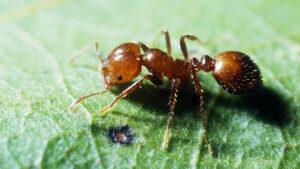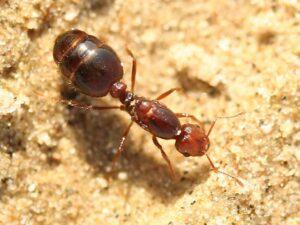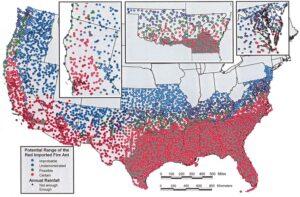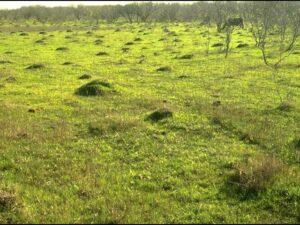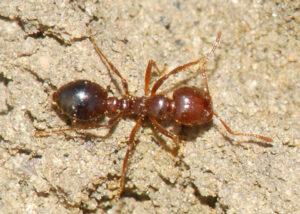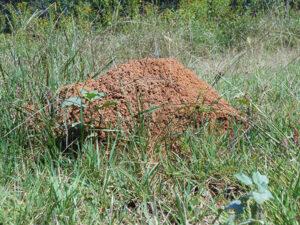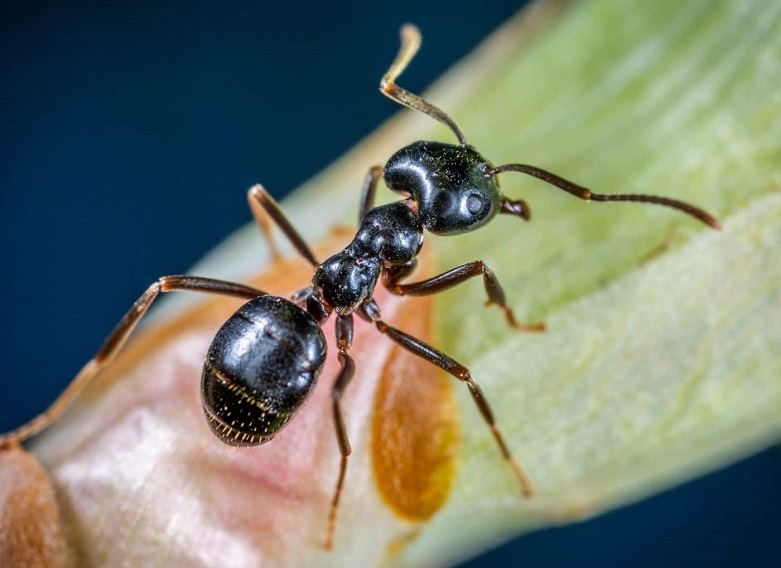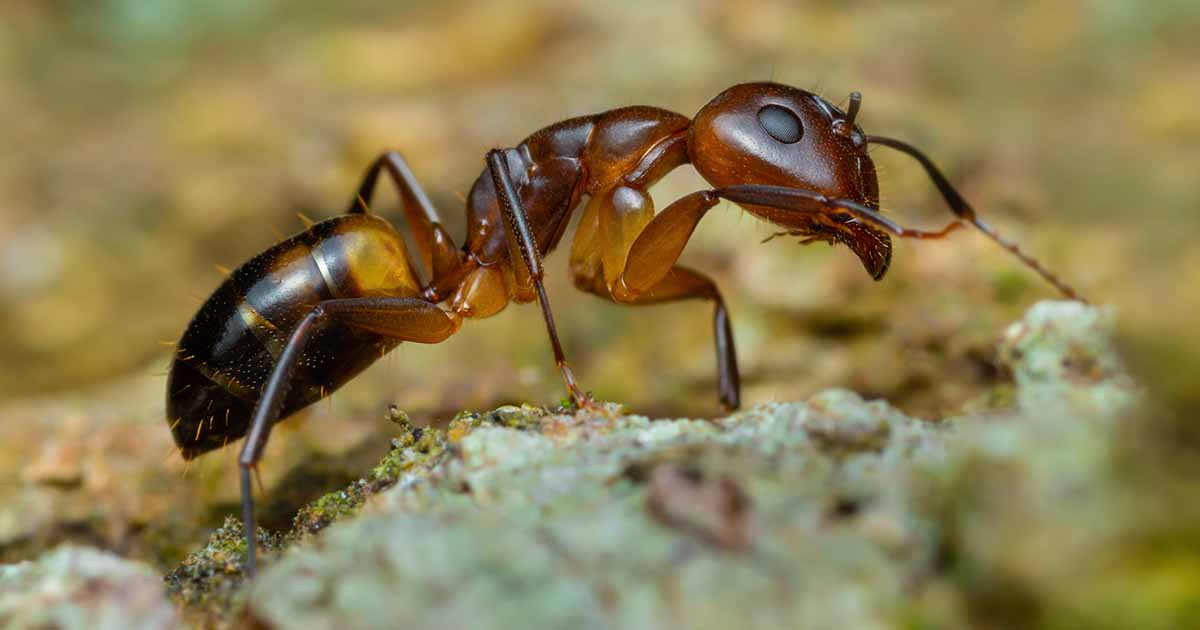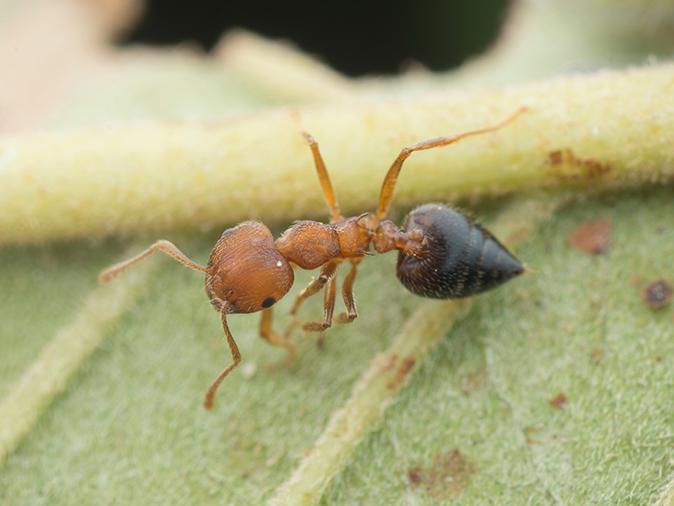Red Imported Fire Ant (Solenopsis invicta)
Updated on
10/12/2022The red imported fire ant is a type of fire ant native to South America. It inflicts painful stings on humans, animals, and pets, often resulting in raised welts that change into white pustules. People allergic to insect stings are more severely affected by its bite. Other problems caused are structural damage in buildings and establishments and adversely affecting the environment.
Scientific Classification
- Class:Insecta
- Order:Hymenoptera
- Family:Formicidae
- Subfamily:Myrmicinae
- Genus:Solenopsis
- Species:S. invicta
Conservation Status
Description
The color of the female red imported fire ant is red and yellowish with a black and brown gaster. The males are completely black. Being polymorphic, the red imported fire ant workers come in various shapes and sizes, varying in length from 1/16-1/5 inch.
Distribution: Though the invasive species is of South American origin, it was accidentally introduced to New Zealand, Australia, several Caribbean and Asian countries, and the United States.
Habitat: Grasslands, deserts,rain forests, disturbed areas, along buildings and roads, and in electrical equipment.
Do They Bite/Sting: Yes. It uses venom to catch its prey and for defending itself.
Lifespan: 2 months for workers and 2-7 years for queens.
Predators: Birds, arachnids, and many insects, including earwigs, dragonflies, beetles, and other ants.
Behavior and Characteristics
Diet
The omnivores eat seeds, dead arthropods, mammals, insects, and sweet substances like honeydew excreted from true bugs with which they are in relationships.
Nest-building
Their colonies build huge, dome-shaped, 1-ft-high mounds out of the soil with no visible entrances. It is because the workers emerge far away from the nest with the help of foraging tunnels. The ants also build rafts when water levels rise. 100,000 to 250,000 individuals live in a colony that can be either polygynous (with nests having multiple queens) or monogynous (with nests having a single queen).
Life Cycle
1. Egg Stage
A queen lays 10-15 tiny, oval eggs 24 hours after mating. They remain the same size for a week, after which they hatch into larvae.
2. Larva Stage
The egg takes the shape of an embryo and forms a larva by getting rid of its shell. The larva measures 0.12 in (3 mm) in size and passes through four instars in 6-12 days.
3. Pupa Stage
The body of a larva expands significantly to change into a pupa. This stage lasts for 9-16 days.
4. Adult Stage
Nuptial flights occur in the warm seasons that result in the alates mating for as long as 30 minutes. A solitary queen or a group of queens can start a colony. In the latter case, multiple colony founders contest for dominance over the colony once the first workers come out. The workers are sterile and can’t reproduce.
Comparison with Similar Species
Argentine Ant
The Argentine ant is not a direct threat to humans as it doesn’t bite or sting them. Plus, it is smaller than the red imported fire ant.
Fire Ant
The native fire ant (Solenopsis xyloni) is less aggressive than the red imported fire ant. Additionally, the former has two lateral teeth, while the latter has three clypeal teeth.
Getting Rid of Red Imported Fire Ants
The notorious pest causes structural, infrastructural, and agricultural damage worth billions of dollars annually. It also impacts the ecosystem by threatening livestock and animals by seriously injuring and even killing them, especially the weak, sick, or very young ones. But they can be beneficial in a way as they eat the common pests of crops.
Baiting and fumigation have proven to be the most effective control methods to fight its infestation. They can be prevented from entering structures by sealing all crevices and cracks.
FAQs
It is believed that they accidentally got imported in the US by a cargo shipment that departed from Brazil in the 1930s.
Source
news.cgtn.com, bugguide.net, researchgate.net, agric.wa.gov.au, nathistoc.bio.uci.edu, entomology.ces.ncsu.edu




